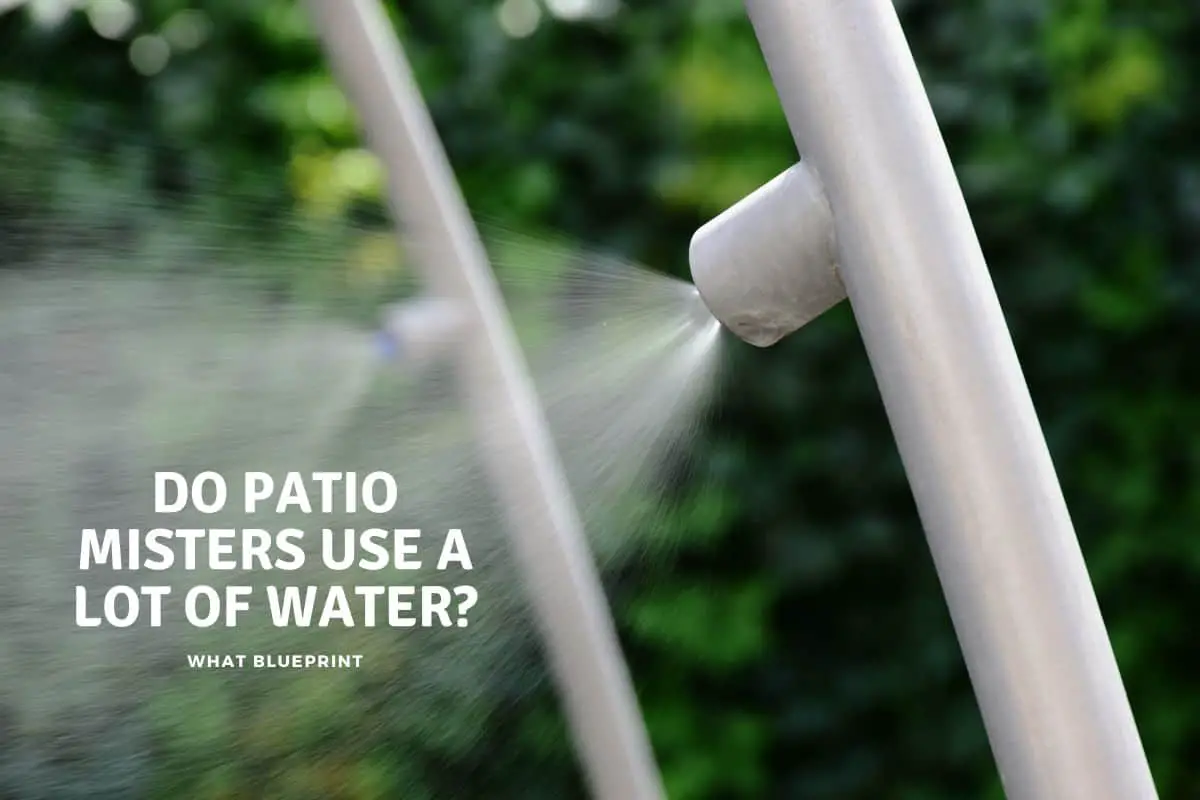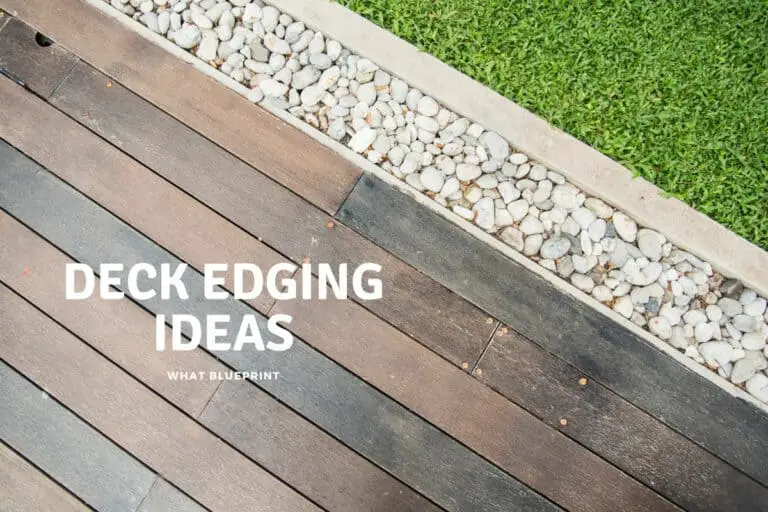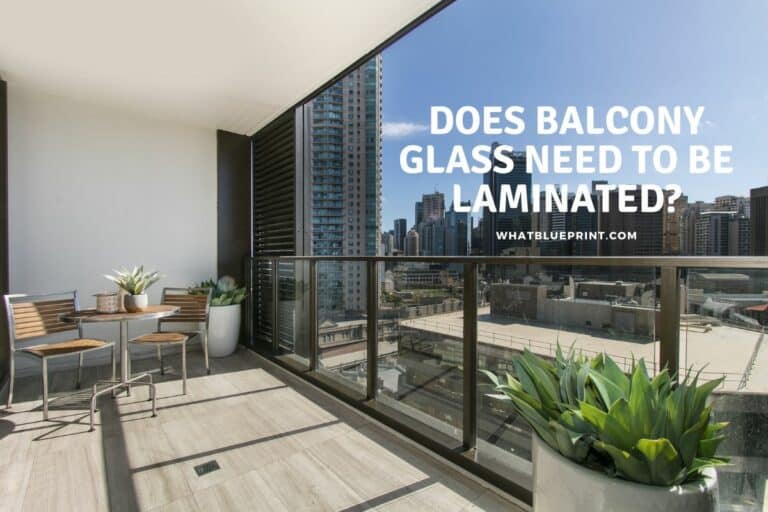Do Patio Misters Use A Lot Of Water?
Misters are gaining popularity worldwide as a great way to cool off in hot weather, particularly in dry and hot climates. But hot and dry climates are also prone to droughts and how to use water wisely is a legitimate concern for many people, as it should be. If you have a water mister already or you are thinking of installing one, you may be wondering if a mister uses a lot of water.
Many standard residential mister systems use 0.5 to 1.5 gals per nozzle per hour. The number of nozzles, pressure of the system, and length of time the mister is on will determine how much water it uses. A mister generally uses less water than an average AC unit per hour.
Being conscious of water consumption is important in a world where we are becoming more aware of our ‘water footprint’ and climate issues. Knowing how much water your mister is using will help you decide when and how to use it. Keep reading to answer whether misters use a lot of water.
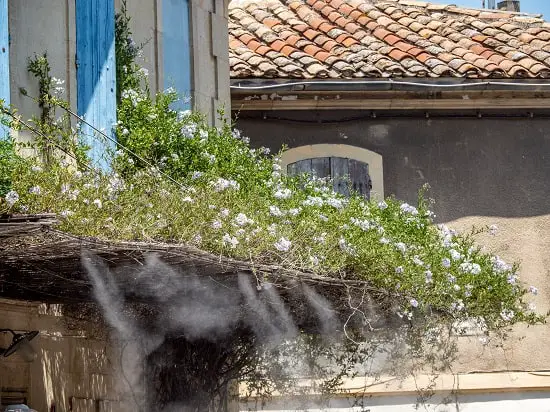
How To Calculate How Much Water A Mister Uses
Different misting systems will use different amounts of water per hour.
The amount of water a mister uses depends on four factors:
- Size and type of mister nozzles on your system
- The total number of nozzles in the system
- The length of time it is used daily
- The water pressure of the mister system
The size and type of nozzle and the water pressure will determine how much water flows out of each nozzle, also known as the nozzle flow rate.
To calculate how much water your mister uses, consult your misting system’s installation and instruction manual if you have a commercial misting system installed. This should have full details about the types of nozzles and water pressure of the system.
If you have a DIY mister installed, you can calculate the amount of water used with a simple formula.
Once the flow rate is known, use this simple equation to calculate how much water your mister is using with this equation:
Multiply the flow rate of each nozzle by the number of nozzles in your system by the number of hours the mister is on.
That is: Flow Rate X Number of nozzles X hours run = Amount of water used.
For example, a mister with a flow rate of 0.5gal/hr with 10 nozzles in the system that runs for 2 hours a day will use 10 gallons of water in those two hours, or 5 gallons per hour.
Note: Each system will be different, some are more efficient, and some are less efficient. The example above may be completely different from your system. Work out the answer for each factor above and use the equation above to determine how much water your mister uses.
How Much Water Is Too Much For A Mister?
Once you know how much water your mister uses, a good exercise is to compare the amount of water the mister uses in relation to other water consumption in your house. This will help you decide if your mister uses too much water, especially if you live in a water-scarce area. What is a lot of water in one area may not be in another.
On average, a shower uses about 25 gallons of water every 10 minutes. On average, a toilet flush will use 1.6 gallons of water, assuming three flushes daily; this will mean 4.8 gallons. Does your mister use more than these?
Consider if the value you get from your mister is good value compared to other water consumption in your household.
Once you have all the information about water consumption in your household, you are better prepared to answer the question of if misters use a lot of water.
Bear in mind that the amount of water that is considered too much may be lower in dry areas than in wetter areas. Consider all the implications of water consumption in your area when deciding if a mister uses a lot of water.
Are Misters Worth It For The Amount Of Water They Use?
First, we must understand how a mister works. A mister works by spraying water molecules into the air; when these water molecules evaporate into the air, energy (in the form of heat) is needed to change the water from a liquid into a gas.
This heat is drawn from the air immediately around the water molecules. This, in turn, lowers the air temperature around the mist. Efficient misters can reduce temperatures by up to 30°F.
You can read more about this and other mister facts in our mister articles below. We cover both low and high pressure misters and more.
We must also note that a mister only cools while it is spraying. As soon as a mister is turned off, the air underneath the mister will quickly return to the ambient air temperature.
Then we consider the amount of water used to reduce the temperature of the air, on average 0.5 gallons to 1.5 gallons per hour per nozzle. This may sound like your mister is using a lot of water. Still, compared to a swimming pool which only cools you down when you are in it but evaporates water continuously, a mister may be a more efficient way of cooling.
Compare an AC unit, which uses approximately 75 gallons of water per hour (25 gallons of water is needed to produce 1 kilowatt of electricity multiplied by 3-5 kilowatts of power used on average per hour in an AC unit). In many cases, a mister may use significantly less water per hour than a standard air conditioning unit.
Calculate the water consumption of other cooling methods and decide for yourself if your mister is worth it for the amount of water used.
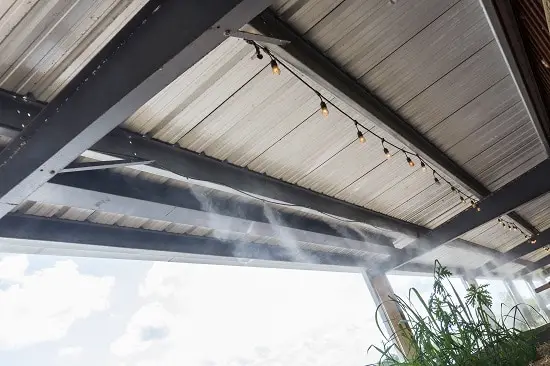
How To Reduce A Mister’s Water Consumption
If you have calculated that your mister is using too much water or if you would like to reduce the water consumption of your mister for another reason, try one or more of these water-saving tips:
- Consider when the mister will not be effective and turn it off when not in use:
- Turn off the mister in windy conditions where the cool air or mist is blown away before it can be effective.
- Install a timer or sensor on your mister to turn off when nobody is using it.
- You can also manually turn off the system when it is not in use.
- Don’t use a mister when the ambient humidity is high. Because the mist doesn’t evaporate as quickly, it is much less effective during times of high humidity.
- Consider dividing the misters into sections that can be independently controlled for large misting systems. Turn on only the sections that need to be on and leave the rest off.
- Grow trees, and other shade covers over frequently used areas to keep them naturally cool.
You can check out all of our in-depth mister cooling articles on the links below.
- The differences between high and low pressure misters
- Where should patio misters be placed
- Can you put patio misters on a balcony
- How do patio misters work
- Are high pressure patio misters worth it
- Are low pressure misters worth it
- Do patio misters use a lot of water
Conclusion
Most standard residential mister systems use 0.5 to 1.5 gal per nozzle per hour. Determining how much water a mister uses can be done with a calculation. Water pressure, the number of nozzles, and the time the mister is on in a day will determine if it uses a lot of water.
If you find your mister is using a lot of water, use some tips above to reduce water consumption. Also, compare the amount of water the mister uses to other household water consumption to see if you consider it to be using a lot of water.
Sources:

